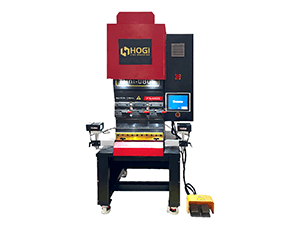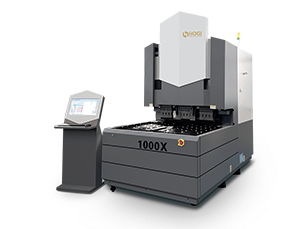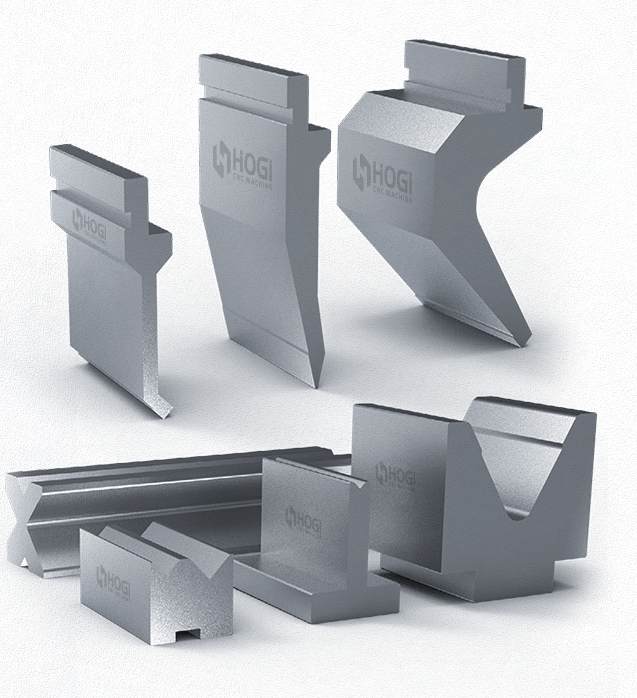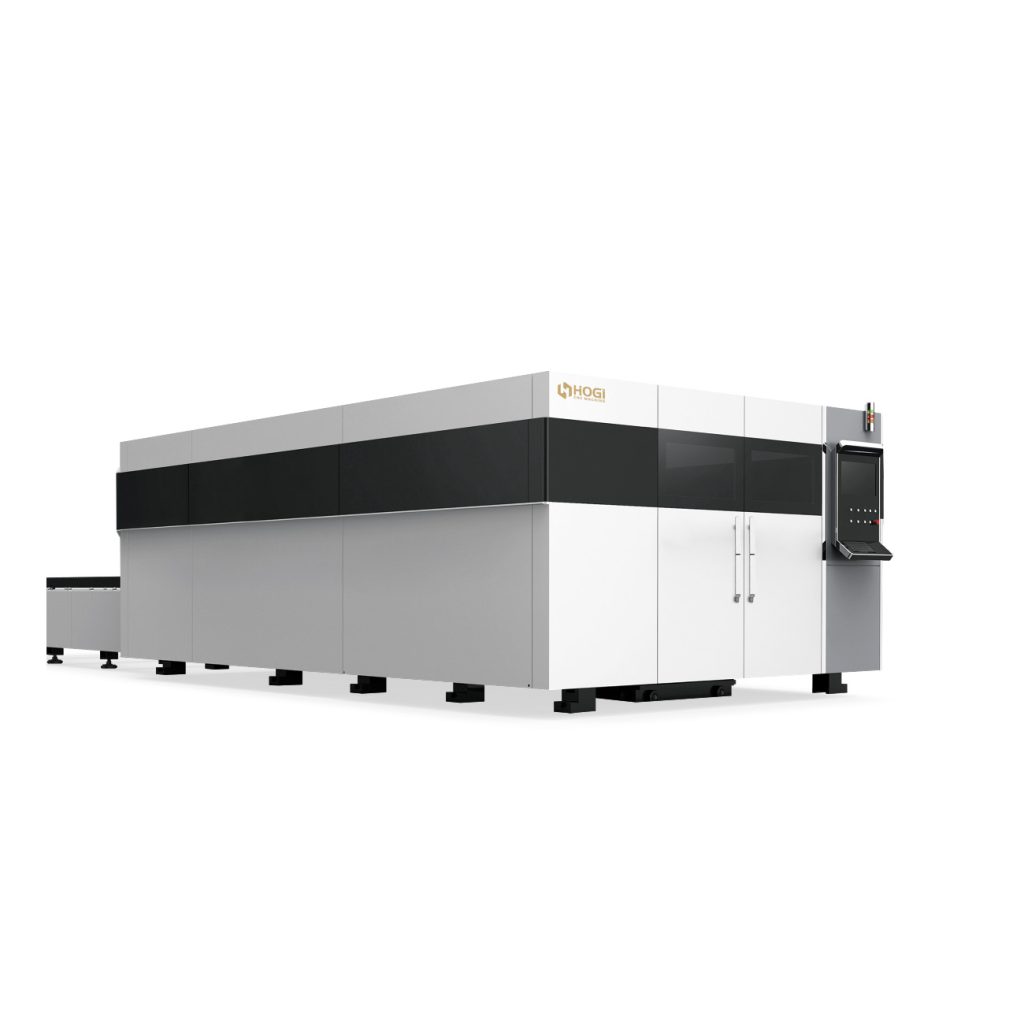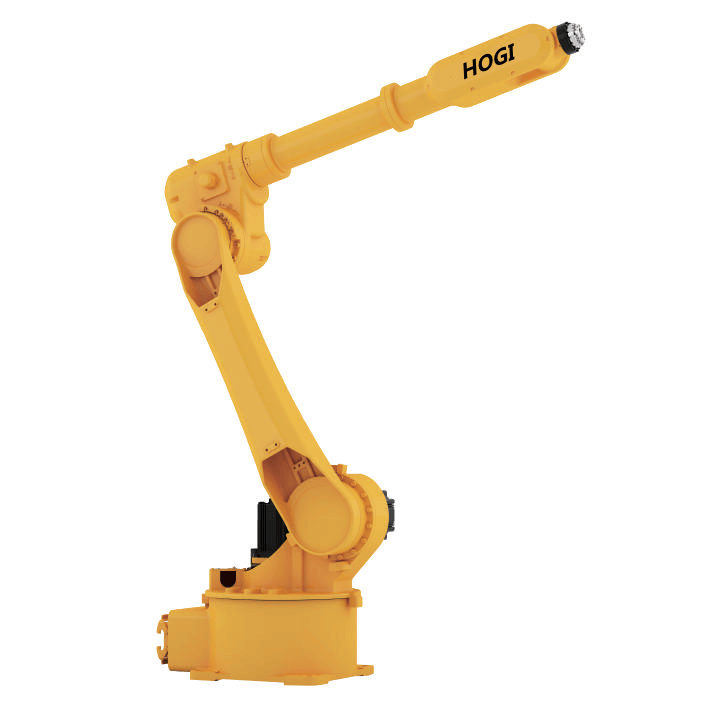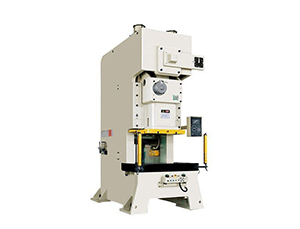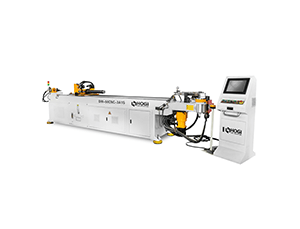
With the rapid development of industrial technology in the world, more and more companies are folding metal sheets (stainless steel, iron, aluminum, copper) and other sheets (including aluminum-plastic panels, acrylic panels, nylon panels, and plastic panels). The bending process requirements are getting higher and higher, so more companies choose to pre-slot the bending position in the sheet metal bending process. Due to the fierce market competition and the continuous improvement of customers’ pursuit of product beauty, the slotting process has now become A necessary process before metal bending. With the continuous deepening of the slotting process. More industries are beginning to use V slotting process; some high-tech industries are also using the grooving process. The main application industries are: light industry, electrical appliances, automobiles, stainless steel processing, architectural decoration, furniture industry, kitchen equipment, ventilation equipment, aerospace, elevators, chassis, cabinets, etc. The grooving process includes V-shaped groove processing, U-shaped groove processing and irregular groove processing, sheet edge chamfering, sheet metal cutting and grooving processing, and so on.
As a result,a new kind of bending technique-the groove bending technique emerged.

Sheet metal parts with a complex shape

- Characteristics of Groove Bending
1.The arc radius of the edge is small and no bending marks on the workpiece
It can be known from the bending technique that maximun arc radius of the edge of the workpiece is directly proportional to the thickness of the plate after bending .The thicker the plate,the greater the arc radius of the bending .
After V-grooving on the metal sheet,the remaining thickness of the sheet becomes half the original,or even smaller.This can make the arc radius significantly reduced after bending.
In addition,due to the thickness of the remaining plate at the bending point after grooving is thin,the deformation force during bending will be correspondingly reduced,which will not affect the unbending area.Therefore,there are no bending marks an the surface of the workpiece after bending.
In this way,it can meet the technical requirements of small arc radius of workpiece edge,no bending marks on the surface and no indentation on the decorative surface in high-end places such as hotel,bank, commercial center and airport.
2.Reduce the press brake tonnage required for sheet bending
In the bending technique,the required bending force of the sheet metal is proportional to its thickness.
The thicker the sheet metal is , the greater the bending force is required,and the press brake tonnage is accordingly increased.
After the v-grooving is made on the bending part of the metal plate before bending,the remaining thickness of the plate is greatly reduced,In this way,the bending force required for the bending of the plate will be correspondingly reduced,so that the thick plate can be bent on the bending machine with a small tonnage.
This not only reduces investment in equipment but also saves energy and space.
3.The bending of the complexly shaped workpiece and the control of the resilience
The part shown in Fig.2 cannot be bent and shaped on a normal bending machine,but it can be done by hand after a V-shaped grooving is done at the bending point.
In addition,the method of controlling the remaining thickness of the sheet can be used to control the spring back force force and angle.
If the remaining plate thickness after grooving is controlled at about at 0.3mm,the spring back angle can be made very small,and the spring back can be basically ignored.


